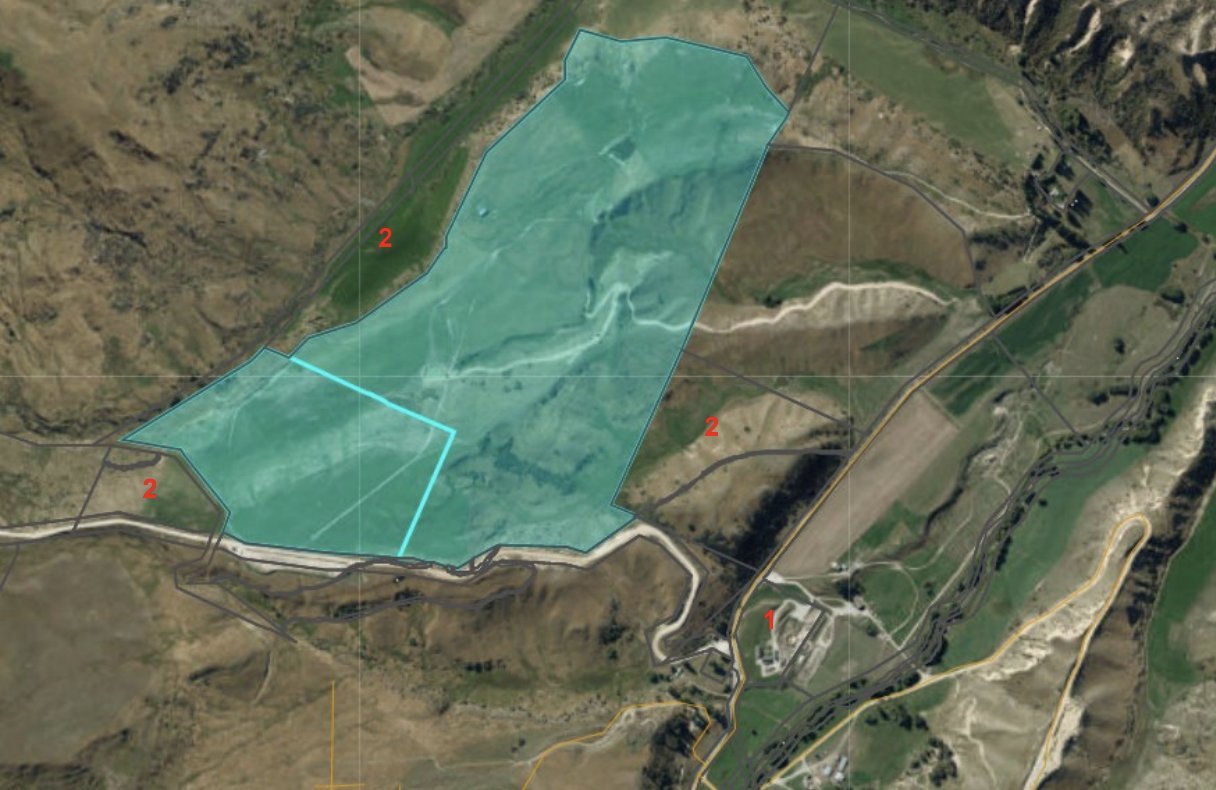Wanaka snow sport athletes could extend their training season on home turf if a proposed dry slope at Cardrona is approved.
A dry or artificial ski slope mimics the attributes of snow, to enable people to ski or snowboard all year.
Snow Sports NZ has applied to Queenstown Lakes District Council for resource consent to build a facility on 82ha outside of the Cardrona Alpine Resort ski area sub-zone, within the outstanding natural landscape.
The development would include the construction of ramps, inflatable landing bags and contained one run-in, 8m high tower with other proposed towers up to 4m.
Public submissions closed on December 2 with four received, including two from Olympic gold medallists Nico Porteous and Zoi Sadowski-Synnott in support of the proposal.
Snow Sports NZ chief executive Nic Cavanagh said access to a dry slope facility was the international standard for elite park and pipe athletes.
‘‘In order for Kiwi athletes to remain at the forefront of global trick progression regular and consistent access to alanding bag is mission critical.
‘‘Extending the training season in New Zealand and generating year-round high performance training opportunities allows our athletes to stay at home within their family unit for a larger portions of the year, this benefit extends to staff too,’’ Mr Cavanagh said.
Mr Porteous and Ms Sadowski-Synnott echoed Mr Cavanagh’s thoughts about the importance of having a dry slope.
However Fire and Emergency New Zealand expressed concerns the application did not address wildfire risks and the organisation was seeking further information.
‘‘Wildfire risk management will need to be considered prior to the establishment of the activity on the site,’’ the submission stated.
Consideration needed to be given to the type of planting proposed for screening to ensure it was of low flammability to reduce the risk of fire spread, it said.
Kati Huirapa Runaka ki Puketeraki opposed the application.
The runaka was particularly concerned about the cumulative effects of development in this catchment on ecological values and upon the cultural landscape.
‘‘Insufficient information has been provided for the runaka to fully assess the application and the potential effects on the cultural, spiritual, historic and traditional relationship of Kai Tahu with the Clutha catchments/Mata-au,’’ the submission stated.
The archaeological authority from Heritage New Zealand Pouhere Taonga was granted in the resource consent application.
Heritage New Zealand Pouhere Taonga archaeologist Nikole Wills noted the location of the dry slope would affect a recorded archaeological site.
‘‘The Cardrona Valley was the location of the Cardrona gold field, which brought hundreds of miners into the area.
‘‘Mining techniques used have left a visible mark on the landscape including water races, three of which intersect with the project area. Although the sites have been damaged in the past, they may still possess archaeological values. Water races are an integral part of the gold field’s archaeological landscape,’’ Ms Wills said.





